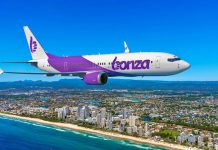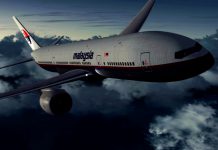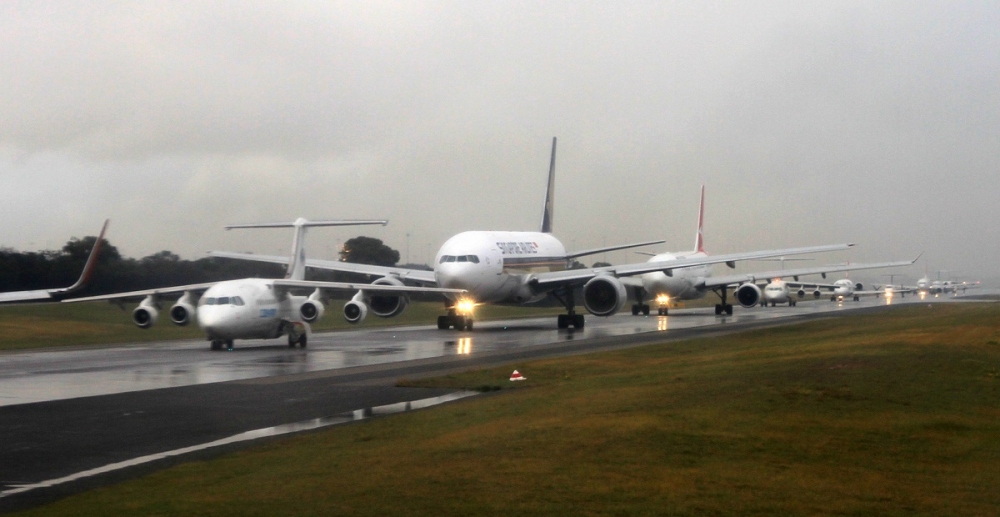Airliners and airlines have never been so efficient, but it's taking longer than ever to get to our destination.
That was one of the main beefs raised by airline executives at a commercial aviation summit in Washington DC last month organised by the industry's main representative body, Airlines For America (A4A).
And America is just one of the countries around the world where chronic congestion of airports and airways is forcing airlines to add more and more hours and minutes to the scheduled flying time of each flight.
The president and chief executive of New York-based JetBlue Airways, Robin Hayes, told the A4A summit that the so-called block time – the official scheduled flying time – between New York and Washington DC used to be 60 minutes.
But that has ballooned to 80 minutes to allow for airways congestion.
And it is replicated on routes across the country. Airlines once allowed around five hours 30 minutes for the westbound journey against prevailing headwinds from New York to Los Angeles.
Now, no airline allows less than six hours and some, like Delta, which ironically opposes airspace reform, allow six hours 25 minutes.
With the US Department of Transport publishing monthly on-time performance statistics, no airline wants to gain a reputation among flyers for unreliability. Airlines would rather increase block times.
Even the definition of "on time" has been massaged in the past 20 years to reflect chronic airways congestion. "On time" is now officially defined – in most countries, not just the USA – as within 15 minutes of schedule. So your flight can be 15 minutes late and still gets the "on time" tick of approval in the official statistics.
“Proponents of the status quo either don’t understand, or they misrepresent, the data,” A4A president and chief executive Nicolas Calio told the Washington summit. “Airlines are increasing block time to accommodate delays in the national airspace … That’s not a sign of improved airspace.”
It's a global problem.
Even in the sparsely populated continent of Australia, flights that used to take an hour can now take 30-40 per cent longer.
Adelaide West Beach airport to Melbourne Tullamarine – 643 kilometres, according to global aviation supplier Rockwell Collins' database – used to take 65 minutes eastbound and 70 minutes westbound. Airlines now allow 80 and 85 minutes.
The official flying time for Australia's busiest route, the 706 kilometres between Melbourne and Sydney, used to be 70 minutes northbound and 75 minutes southbound. It's now officially 85 and 95 minutes.
Adelaide-Melbourne is a virtually identical distance to the route connecting Europe's main business capitals, London and Frankfurt, which are 656 kilometres apart (Heathrow airport to Frankfurt Main airport, named after the nearby river). Yet the official flight time, once around one hour 30 minutes, is now as much as one hour 50 minutes for an actual flight time of less than an hour.
This is in spite of the European Union's attempts to reduce airspace congestion through an initiative called the Single European Sky (SES), launched in 2004 through its air traffic co-ordinator, Eurocontrol.
"Inefficiencies in Europe's fragmented airspace bring extra costs of close to five billion Euros each year to airlines and their customers," the EU complained in 2013 at the announcement of yet another attempt to reform the system. "They add 42 kilometres to the distance of an average flight forcing aircraft to burn more fuel, generate more emissions, pay more in costly user charges and suffer greater delays. The United States controls the same amount of airspace, with more traffic, at almost half the cost."
According to the EU, the problem in getting all of Europe's national ATC agencies working together is all about money.
"Experience shows that member states, which are either sole or majority owners of (air traffic management) service providers, have a strong tendency to focus on steady revenue streams of the user-financed system of air traffic control services, and can be therefore reluctant to endorse fundamental change towards a more integrated operating airspace," it says.
"The existing SES decision-making processes allow too easily progress to be blocked by national vested interests."
Britain (which has just voted to leave the EU) found its solution to fixing air traffic control (ATC) issues in the partial privatisation of its ATC provider, National Air Traffic Services (NATS), at the turn of the century.
As a public-private partnership separated from the aviation industry regulator, the Civil Aviation Authority, NATS, which has garnered a global reputation for innovation, is now owned 54 per cent by the UK government, 42 per cent by the Airline Group (of European airlines) and four per cent by Heathrow airport.
While not supporting full privatisation, critics of the mess that US airlines find themselves in see the separation of the ATC provider from the regulator as a first step in providing the necessary investment to renovate the airspace system.
A4A and the ATC union earlier this year supported a proposal to separate ATC services from the US Federal Aviation Administration as a new non-profit agency, but the idea was stalled in Congress.
American Airlines chief executive Doug Parker says backers of reform won't give up.
“Those who understand the system best, support reform," he told Air Transport World. "There is simply nothing radical or unusual about this concept.
"More than 50 other nations have moved to this structure in one form or another. Some did it decades ago. None have chosen to reverse course. We need to get this ATC reform done.”
With air traffic doubling every 10 years on average and tripling every 20 years, the global problem of ATC delays is becoming more urgent.
























